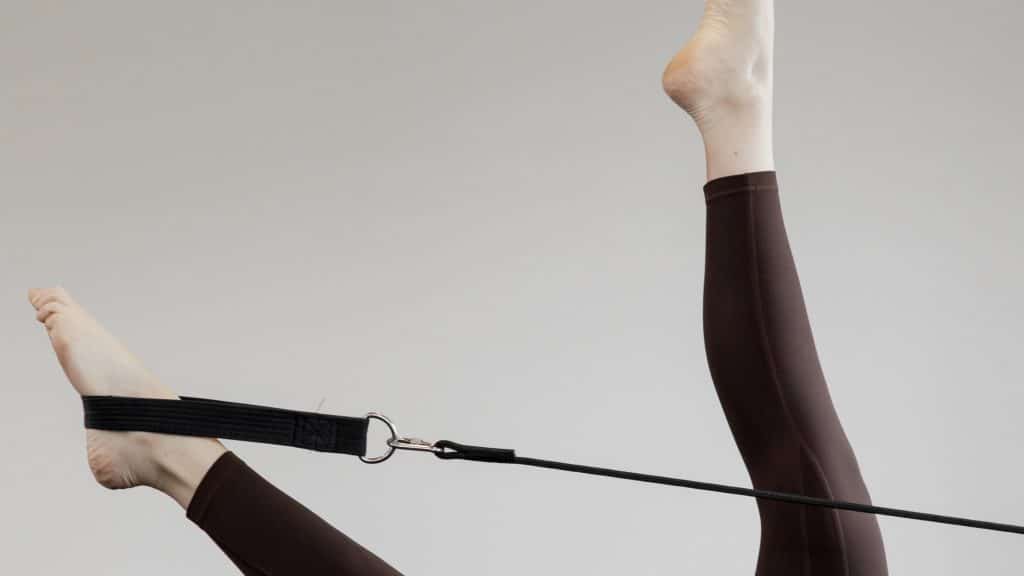I know what you’re thinking, “I’m not an athlete, what does this have to do with me?” It’s a fair question. But the truth is that the information gained from blood lactate testing and other relevant factors involved with it can make a huge difference to your training. Basically, blood lactate testing is used by elite athletes to monitor exercise performance.[1] When I was an elite swimmer, I was lucky enough to be involved in a program that frequently used this technology and my performance and fitness benefited greatly from the information I had access to.
Basically, the test involves taking blood from the athlete, generally via a prick to the earlobe, and is measured for lactic acid present in the blood in millimoles per litre.[2] Lactic acid is the burning feeling you get in your muscles when you’re working hard that can sometimes make you feel sick (it’s actually toxic). It shows how hard the person is working and which training zone they are operating in, as different sports require performance in different training zones.
But what does this mean for you? A lot! Depending on what your goals are, it may change the way you train and change the form of exercise you’re doing to achieve your goals.
Firstly, let’s talk about training zones. Really simplified, there are two systems of exercise. We can exercise using our anaerobic system or using our aerobic system (or a combination of the two). When you use your anaerobic system, it uses energy stored in the body without using oxygen, and is generally of a shorter duration (10 seconds – 2 minutes). Your aerobic system is the opposite; it uses oxygen to fuel the muscles in combination with some energy from the body, and can sustain you for a longer duration (2 minutes plus). This is where it gets interesting. One of the key things that blood lactate testing helps to determine is how effective your aerobic system is at removing the lactic acid from your body, which is generally only produced during anaerobic training.
How does this apply to you?
Think of your anaerobic system as a bucket, and your aerobic system is a hole in the bottom of that bucket. The larger the hole in the bottom, the fitter you are and the better your body is at removing lactic acid using your aerobic system. Blood lactate testing measures the lactic acid in your bucket. When you exercise at a high intensity in a Studio Pilates workout, your bucket fills up with more lactic acid than your body can remove using available oxygen. This is why it burns so much!
Try to make the hole in the bottom of your bucket bigger. It will make you fitter and increase the efficiency of your aerobic system, which will make intense exercise more tolerable and the recovery time from that exercise much faster.
So how can you do it? It’s easier than you think!
Add around 30 – 45 minutes of easy to moderate cardio after every workout you complete. Walk the dog after your Studio Pilates workout, walk to and from your workout, go for a bike ride, bush walk or swim. Just ensure that whatever you do is of easy to moderate intensity and immediately after your workout for the best results. You won’t be as sore the next day, and you’ll improve your fitness significantly using this method of active recovery … and you definitely won’t need that nasty prick to the earlobe!
[1]Tanner, R. K., & Gore, C. J. (2012). Physiological Tests for Elite Athletes. Canberra: Australian Institute of Sport.
[2] Goodwin, M., Harris, J., Hernandez, A., & Gladden, B. (2007). Blood Lactate Measurements and Analysis during Exercise: A Guide for Clinicians. Journal of Diabetes, Science and Technology, 558-569.

About the Author – Studio Pilates Instructor Stuart Rech
Studio Pilates instructor, Stuart Rech, combines his experience in the health and fitness industry with more than 10 years as a national level, elite swimmer. He now devotes his time to ensuring his clients are the best people they can be, both physically and mentally.





